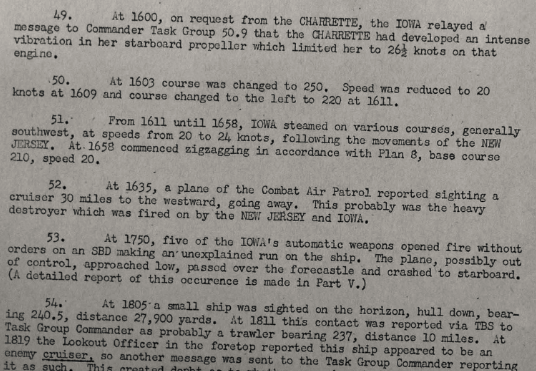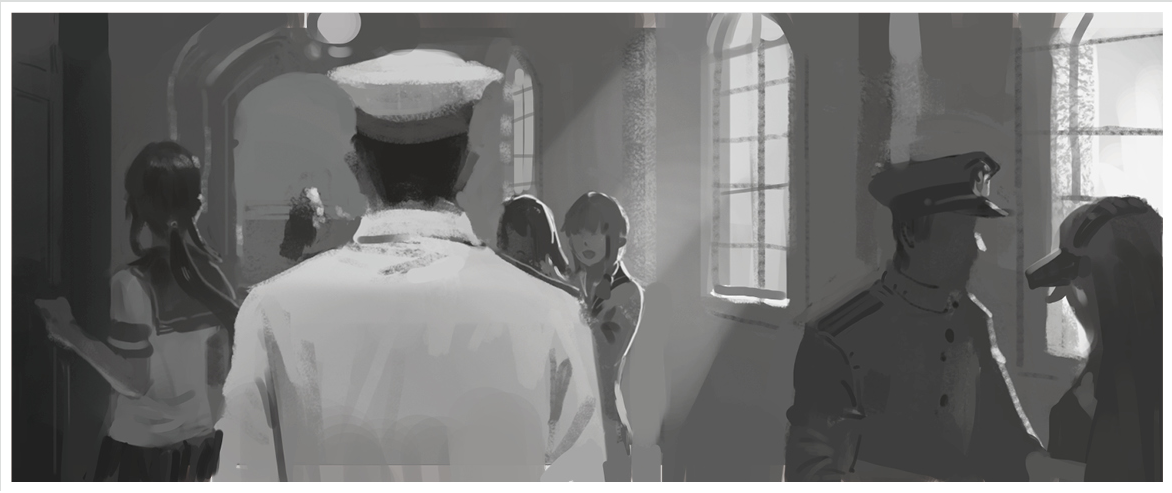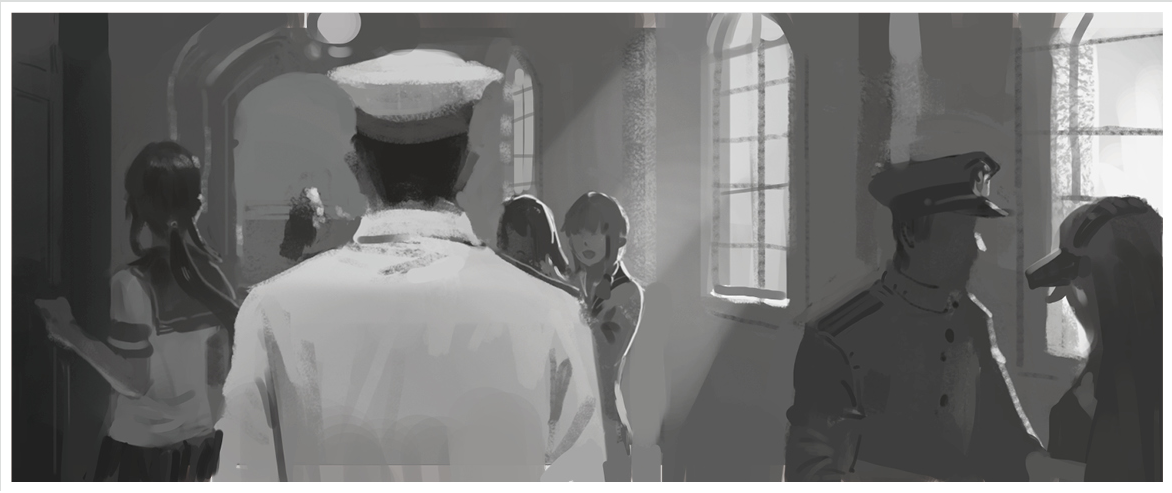I’m totally bored. Like, really bored. What am I doing again?
Lessee what’sitsimma supposed to –
“Cal. Please take care of the site while the subgirls and I take the weekend off for the 4th of July weekend. I’d really like it if you could talk about submarines, but feel free to use your good judgement too. ”
Uh…
“Love, Tautog”
Uh.
Aw! Update. Like, okay, Cal. Just like, shut up and think. You’re like, smart. Surely you can figure out something neat to tell the boys right?
…Yeah. There’s all these books here. Lemme just, like, read through them real-quick. Just something neat. Right? Something fun. Yeah!

You know what.
This stuff is boring. I feel like Tautog now.
Like, oh my god. I don’t even have the energy to flirt now. Primary sources are complete duds! No color. No picture. Not one bit of juicy gossip. Doesn’t matter what country or who’s writing it. They like, always, unequivocally, without exception, like, follow the EXACT same format.

Look at it! All these battle logs are like…
“This is how my ship turned.”
“This is how many shots my ship fired.”
“Here is what I think we hit.”
“Maybe we didn’t hit anything.”
“We reloaded ammo and stuff.”
“We sped up.”
“We slowed down.”
“At DISTANCE we saw THINGIE and SHOT AT IT with SOME KINDA GUN.”
“At DISTANCE we saw THINGIE and DID NOT SHOOT AT IT.”
…Gah. How is ANYONE supposed to make cute shipgirls from that?
Still. Reading a lot of these “primary documents” (I hope the secondary ones are more fun to read) really gave me quite a bit of perspective on how different we shipgirls are from, well, actual naval ships. In no particular order…
- WW2-era surface battles depended pretty damn heavily on who spotted who first. That might have been the case in STEC’s older days, but with MERLIN and air recon and submarine scouts and our modern communication capabilities, spotting an Abyssal’s not going to be an issue. Not anymore.
- I noticed that in a couple of situations the location of the turrets on the ships themselves mattered a lot. In some cases, a ship was unable to bring all its guns to bear on the same target owning to positioning (see: pretty much ALL the Guadalcanal naval battles). We shipgirls don’t have that problem, since I can, well, literally spin around on a dime’s notice and turn the guns around.
- It goes without saying too that the issue of gun depression wouldn’t exist either. The Abyssals are far larger than us – I’m like, what, close to six feet and they’re literally thousands of feet wide and hundreds of feet tall! You’re not going to get a case of DDs sneaking past BB guns because the BB gun can’t be lowered far enough to hit ’em.
- Ships of the era communicated using signal flags and radio. We pretty much have super-tech radio borderlining on science fiction. Radio banter is pretty much par for the course.
- Resupplying a naval ship? Takes days. Resupplying a shipgirl? Uh. Yeah, fueling and loading munitions take a few hours tops and most of us have learned to eat real fast. If I do it on my own and piss off the dock fairies it’s probably even faster. The downside is that we do need to sleep. Not a lot of it, but still, can’t go 24/7.
- Due to the smaller physical size of us shipgirls, a “dispersed” formation for us would be on the order of miles. We haven’t ran into situations where the Abyssals would be able to blanket entire square miles in ordnance yet, so it works fine so far. Maintaining visual distance within one another would be pretty tight for WW2-era naval ships.
- Ships are huuuuuge! By that, I mean, they’re hundreds of feet long and that they’re real big metal behemoths that take time to get up to speed. Comparatively, while it does take time for us to accelerate or deaccelerate, the time it takes is nowhere close to actual ships. Depending on how risky I want to be, I can fire ’em up and hit top speed in seconds. A real battleship’s going to take maybe half an hour at the fastest.
- Naval guns and shipgirl gear have different types of issues. Like, the historical ships had to deal with powder and gunnery dispersion. We have to deal with malfunctioning equipment or fairy screw-ups, so it’s kind of even. Worth mentioning, though, is that our gear can be manually loaded and controlled. On a real navy ship no matter how the captain himself jumps to help he’s still just going to be one extra hand.
- Shipgirls can obviously sustain far heavier lists than a naval ship. Furthermore, we’ve got one big advantage. If say, we fall over or something, we can literally pick ourselves back up. A ship that flips over sinks.
- Over-penetration frequently occurs because a ship is literally a big floating metal box. You don’t have to armor everything – just the bits that are important. You put enough holes into it and it’ll sink. Let’s just say that um, you can’t really over-penetrate a shipgirl. Not all penetrations are bad (some are, in fact, quite pleasurable) but THAT kind of penetration is uh… Yeah. Bad. Very bad.
- Damage control exists for several reasons, but all of which boils down to “making sure the ship doesn’t sink.” Unfortunately for us, field “damage control” is basically extremely limited. If I take a bad hit and damage assessment shows that two of my turrets are heavily damaged there’s not much I could do about it. Any repairs’ll have to be made back home on Avalon – though it’s certainly something we’re working on at the moment.
- Losing power is often fatal for a naval ship. You’ll see plenty of cases where the boiler room gets knocked out and the ship goes dead in the water. A shipgirl losing her mobile unit (the stacks looking “backpack” thing all of us wear) is still bad, but we can literally run on water, y’know! It’s part of the powers that come with the package.
- Look at all the examples where the ignition of ammo in a turret or on the flight deck fundamentally destroys the ship’s ability to well, be a ship. By that, I mean the ship is no longer able to float on water and begin to sink. Shipgirls really don’t have this as a significant issue due to the natural buoyancy of the human body.
- Okay, this next one’s gonna be kinda morbid. In a real life naval battle, a ship frequently sinks with many of its crew trapped. A shipgirl’s equipment is more or less directly connected to her physiological and psychological state – health, if you want to think about it. Fairies are either going to get killed at the point of impact – assuming heavy damage – or otherwise they’d be able to safely bail out due to the equipment disintegrating.
Actually, do fairies even need air?
…
I’m like, totally surprised that nobody’s tested this yet. Be right back!


